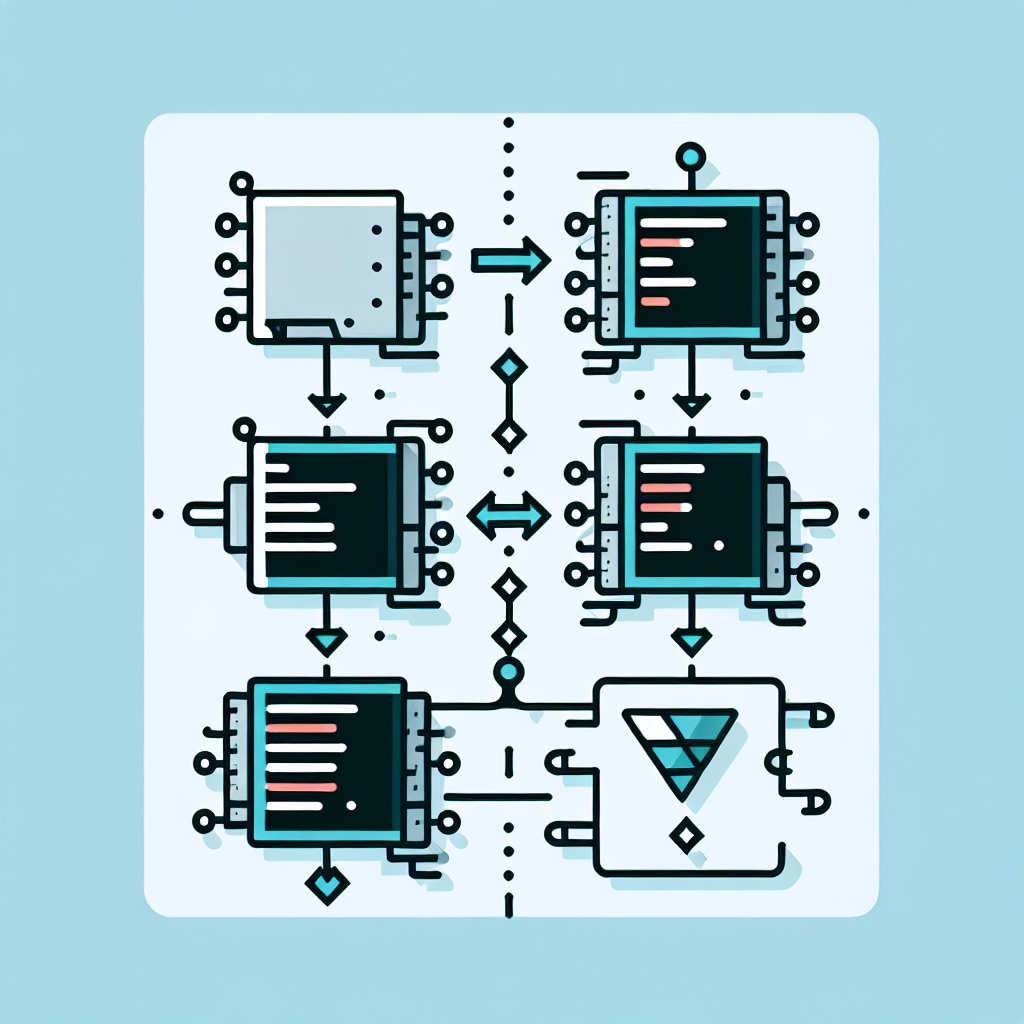Convert Assembly to Haskell: Simplify Code Transition
Transform low-level assembly language into high-level Haskell with ease. Discover tools, guides, and tips for seamless code conversion and optimization.
Source Code
Converted Code
Output will appear here...
Transform low-level assembly code into high-level Haskell with ease using our efficient Assembly Language to Haskell converter. Perfect for developers seeking to enhance code readability and maintainability, this tool streamlines the migration process, facilitates functional programming adoption, and boosts productivity. Optimize your coding workflow today with seamless assembly to Haskell translation, ensuring improved software performance and scalability.

Assembly Language to Haskell Conversion Tool Link to this section #
Transforming low-level assembly language into high-level Haskell code can significantly streamline programming tasks. This tool is designed for developers seeking to leverage Haskell’s powerful functional programming capabilities while dealing with existing assembly codebases.
Key Features Link to this section #
- Automatic Conversion: Translates assembly instructions into equivalent Haskell functions, conserving logic and functionality.
- Optimized Code Generation: Produces efficient and clean Haskell code that adheres to best practices, ensuring performance and maintainability.
- Syntax Highlighting: Offers real-time syntax highlighting for both assembly and Haskell code, enhancing readability and reducing errors.
How It Works Link to this section #
- Input Assembly Code: Paste your assembly code into the input field. The tool supports various assembly dialects, including x86 and ARM.
- Conversion Process: The tool analyzes the control flow, registers, and operations to generate idiomatic Haskell code.
- Output Haskell Code: Review the translated code, which includes comments and structure that mirror the original assembly logic.
; Example Assembly Code
mov eax, 1
add eax, 2
-- Equivalent Haskell Code
let eax = 1
let result = eax + 2
Benefits Link to this section #
- Enhanced Productivity: Automate tedious translation tasks, allowing focus on development and algorithm improvement.
- Error Reduction: Minimize manual translation errors with precise, machine-generated code.
- Learning Aid: Useful for understanding low-to-high level language mapping, beneficial for educational purposes.
Additional Resources Link to this section #
- Learn You a Haskell for Great Good! - Comprehensive guide to Haskell programming.
- x86 Assembly Guide - Detailed reference for x86 assembly instructions.
This tool is a bridge for developers transitioning from hardware-near programming to a more abstract, functional paradigm, enabling efficient code transformation and application development.
Frequently Asked Questions
What are the key differences between assembly language and Haskell?
Assembly language is a low-level programming language that is closely tied to the architecture of the computer, enabling direct manipulation of hardware resources. Haskell, on the other hand, is a high-level, purely functional programming language known for its strong static typing, lazy evaluation, and emphasis on immutability. This makes Haskell more abstract and expressive for solving complex problems, while assembly is often used for performance-critical and hardware-specific tasks.
Can Haskell be used to interact with hardware like assembly language?
While Haskell is not typically used for low-level hardware interactions like assembly, it can still interact with hardware through foreign function interfaces (FFIs) or by generating intermediate C code that can be compiled and linked with libraries that provide the necessary hardware access. Additionally, Haskell can be used to write high-level logic and algorithms, which can then be integrated with low-level components written in assembly or C.
Is it possible to convert assembly language programs to Haskell?
Converting assembly language programs directly to Haskell is not straightforward due to the fundamental differences in abstraction levels and paradigms. Assembly code focuses on specific hardware instructions, while Haskell emphasizes functional programming and higher-level abstractions. However, it's possible to manually translate the logic of an assembly program into Haskell by re-implementing the algorithms in a functional style, taking advantage of Haskell's features for higher-level problem solving.